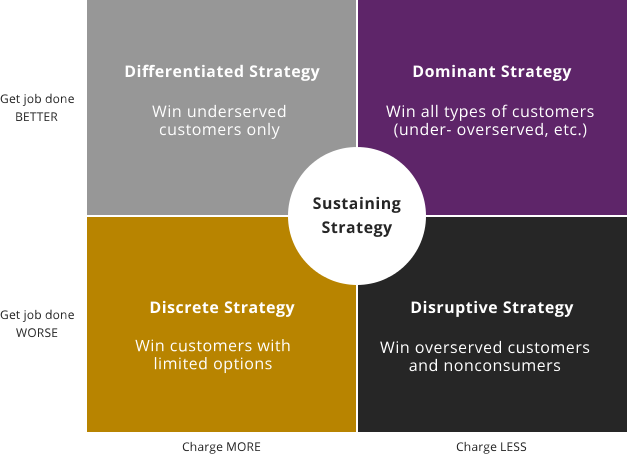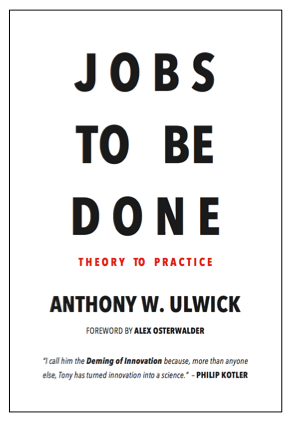

It’s just framing some area of life where your customer is at the center of a struggle, and they want some help solving the problem. So what?Īs with all of design, there’s no one true answer. A Job to Be Done doesn’t know what products or solutions have existed, currently exist, or might exist. There are many other factors to consider, and this post is in no way exhaustive. Without journeys, it’s easy to get lost in details and lose sight of both the scope of experience you’re focusing on, and the scope of experience you may have intentionally or unintentionally set aside.

Without an anchor in the desired outcomes of jobs, personas can sway easily into the troubling realms of unrealistically specific, overly vague, biased, or just completely prejudiced. Jobs quickly become cold, clinical, and divorced from the kind of humanity that inspires creativity. Without personas, jobs bury emotional and social needs under a thick layer of functional analysis. Do you need jobs, personas, AND journeys? Job to be done provides the functional steps toward the desired outcome, and how you know if the user has achieved their desired end goal.Ī journey map provides the framework that holds it all together, and allows you to view the human context and the functional desires over the timeline of your choice.Īs a reminder, all of these tools should be based firmly in qualitative (and, if you have it, quantitative) research. What kind of emotional experiences does the person want? What is their social and physical environment?


 0 kommentar(er)
0 kommentar(er)
